Propagating Root Suckers: Harvesting and Potting (and a Pruning)
Trees are a gift that keep on giving... in many ways. In this case I am going to share how I take a hint from nature and propagate one tree into several sister trees that can be planted in other locations, either nearby or far away. One tree can become many and go on to feed more people, sequester more CO2 out of the atmosphere, improve the soil and create more habitat for wildlife.
This Quince tree has been living semi-wild for some years. It hasn't been pruned or cared for much and has pretty much left to its own devices for many years. Its branches are growing every which way and it is just beginning to leaf out.
It is unprotected from deer and interestingly I don't see any signs that deer have been browsing on it. I'll have to keep an eye going forward as the leaves grow out and see if that is still the case.
Looking closer I see a bunch of root suckers. This is what I am after today.
The sprouts coming up out of the ground aside from the main trunk are the root suckers. They are new sprouts coming off of this Quince tree's roots. Technically they are the same organism, but if we separate them and grow them separately they become their own trees with identical genetic makeup to the tree from which they were cloned (unlike starting a new tree from seed)
Root suckers are one way that a tree or shrub can spread itself out and propagate itself as multiple trees that are still connected by the same root system.
When I look closer I see that many of the newer root suckers are coming off of older root suckers that have been growing several years already.
I looked for harvesting several of the younger root suckers that I could seperate causing minimal damage. You can separate root suckers using cutting tools like pruners, loppers, a saw or a sharp shovel or axe. I like to think of it as a surgery and not a hack job.
Unfortunately I did not take pictures of this part. I looked for a place that I could cut off as little of the main root as possible while keeping at least one or a few small rootlets attached to the root sucker so that it has a better chance of growing a strong set of roots.
This is what I ended up with:
The moment you separate the root suckers from the mother tree, they are no longer root suckers. They are trees! And perhaps one day they will see the time when they sprout out their own root suckers :)
I was able to cut the two larger sprouts into separate pieces each with its own rootlets attached.
At this point I can stick them in the ground or in pots and keep them watered as necessary. Before potting them up I did choose to trim them down a bit so that there are less leaves and stem for the roots to try to feed as they are growing out.
This is how they looked after I divided and trimmed them.
It was a slightly warm day, not a hot day but I was still careful to spray the roots with water mist several times along the way to keep them moist. The experience will be shocking to them and I am trying to minimize the shock as much as possible.
And in to pots they go!
I'll be using the same willow water to water in these Quince (to help them speed up the rooting process) that I am watering other cuttings with, including the mulberry cuttings I potted up a few days ago.
Willow water in the making:
I did come back to the Quince tree and give it a pruning to remove many crossing branches, dead wood and open it up for sunlight and airflow. As you can see I gave it a somewhat vigorous pruning, which will likely yield more growth and less fruit this year. I made that compromise because I think the tree will benefit from the pruning in the years to come and even if no one is around to prune it in some following years the tree's owner (not me) will also benefit. If I knew I would be with the tree year after year I would take a lighter touch each year.
Thank you Quince tree for your cuttings and beauty :) I'll have to check in with you in the following months to see how you are doing and how you responded to your pruning.
Who is @sagescrub?
I am a ex-suburbanite turned permaculture homesteader. Follow my journey and I will share what I know and am learning along the way. You can learn more about me in my re-introducing @sagescrub post. Wishing you abundance in your life!
Know that I am likely NOT an expert on the subjects I present. Please do your own research and be your own expert!
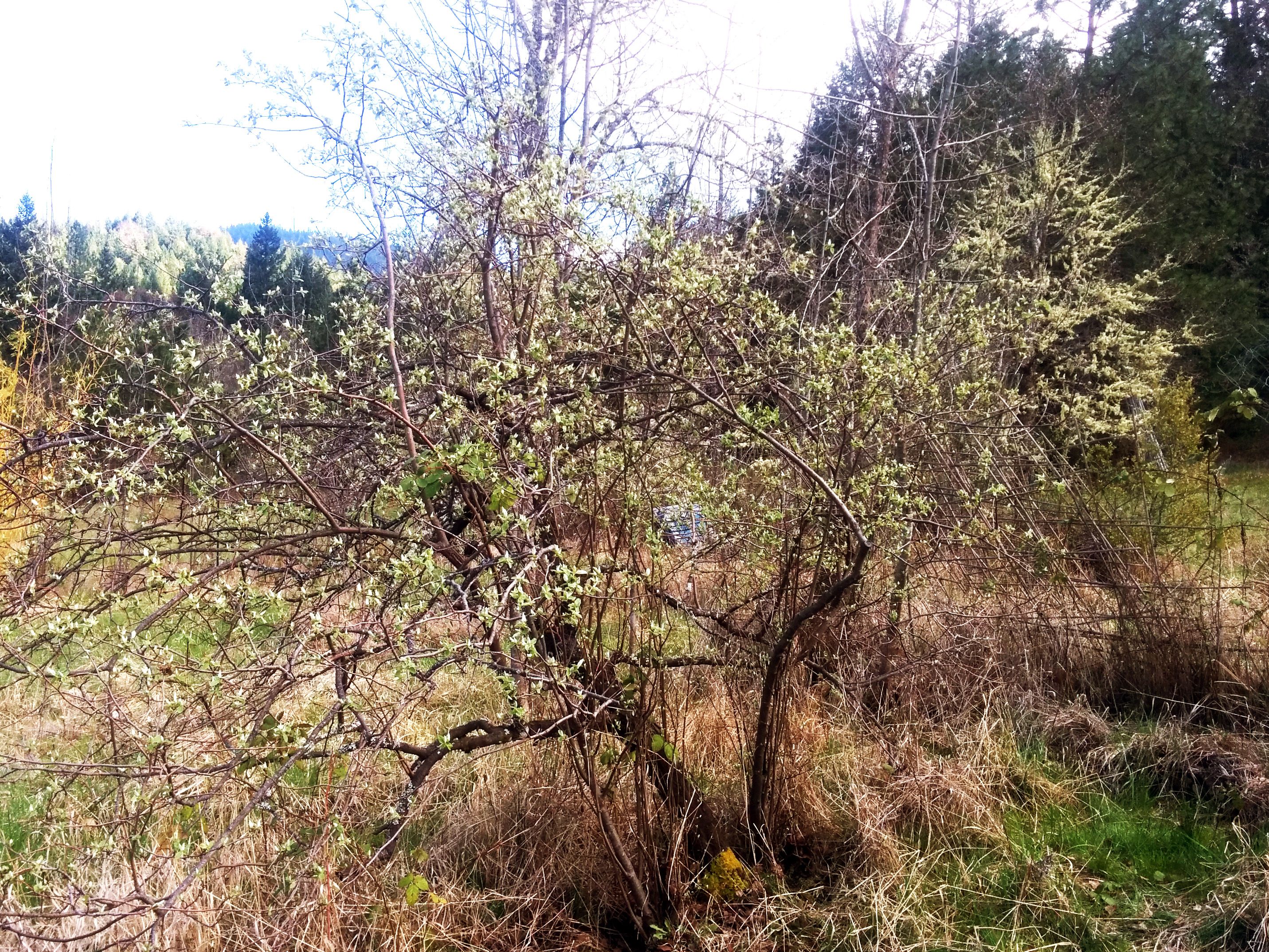
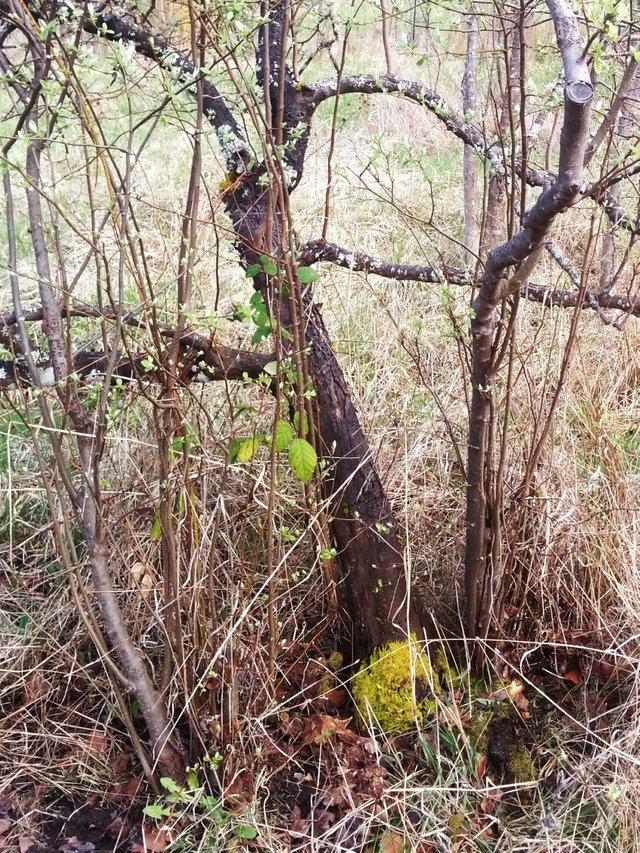
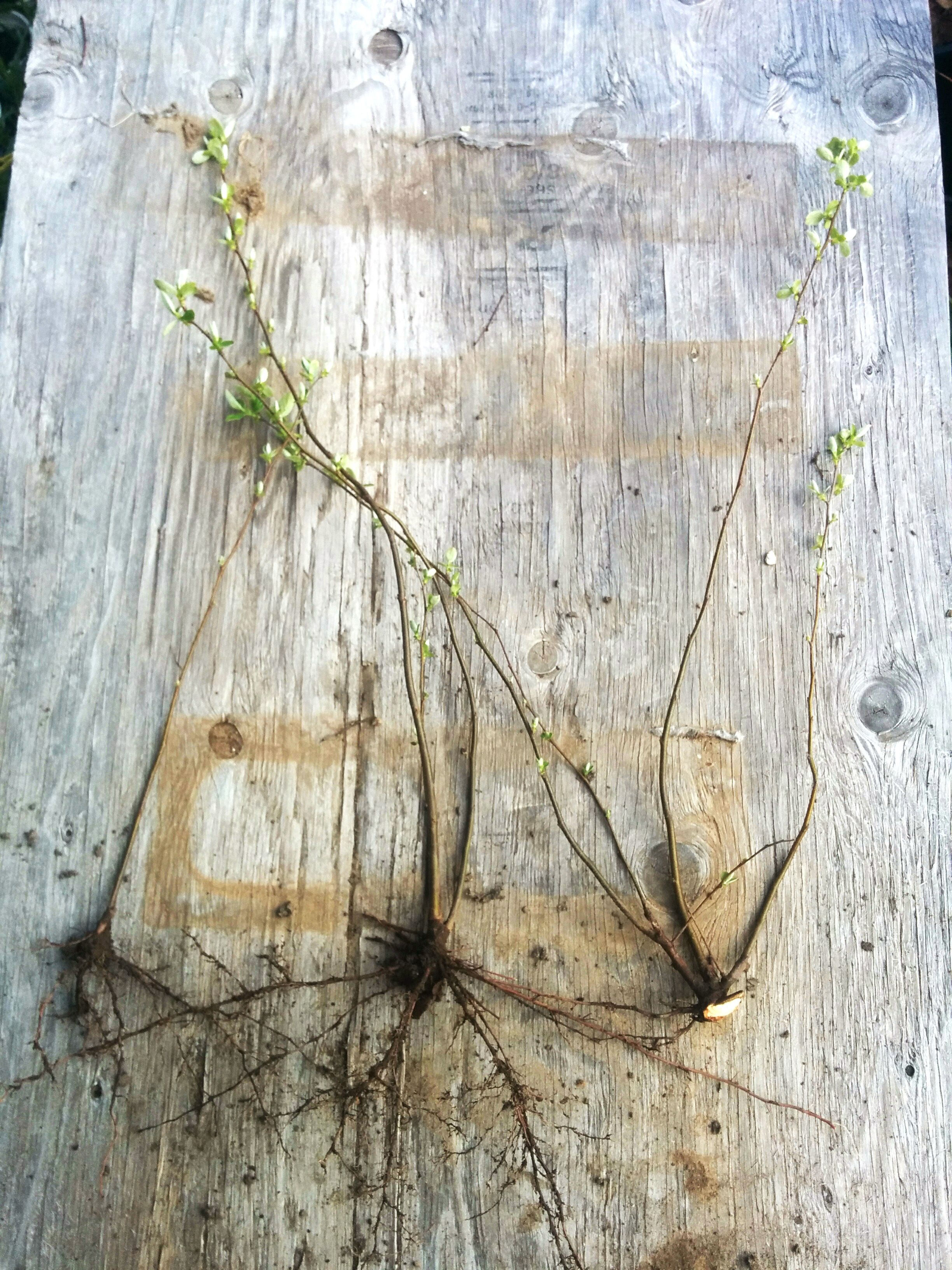
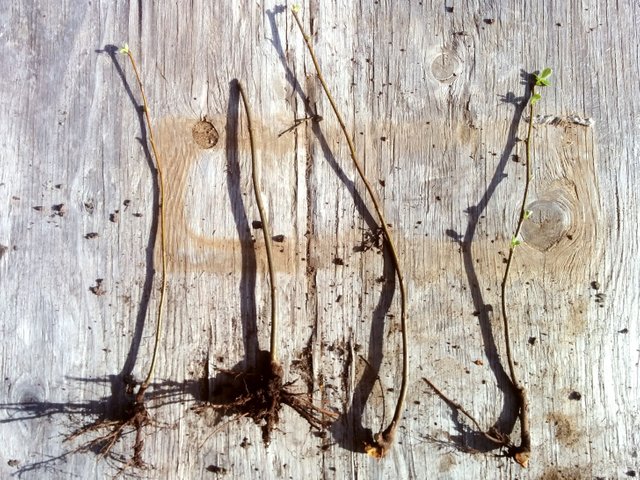
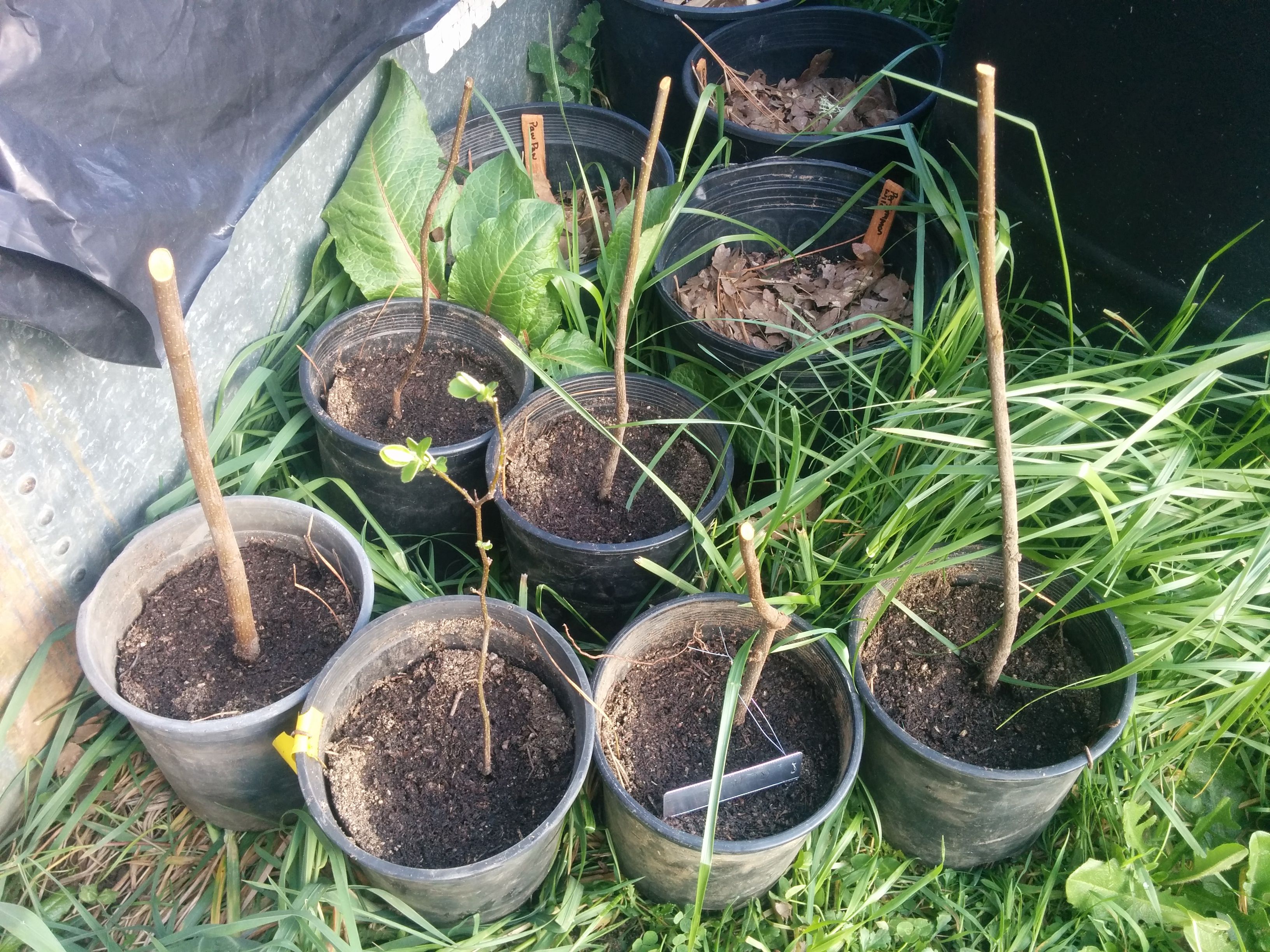
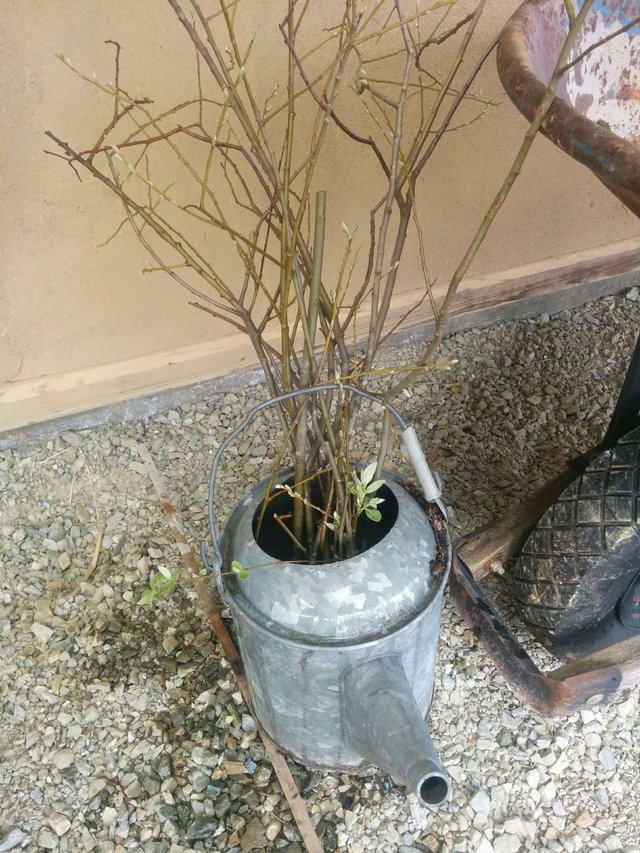
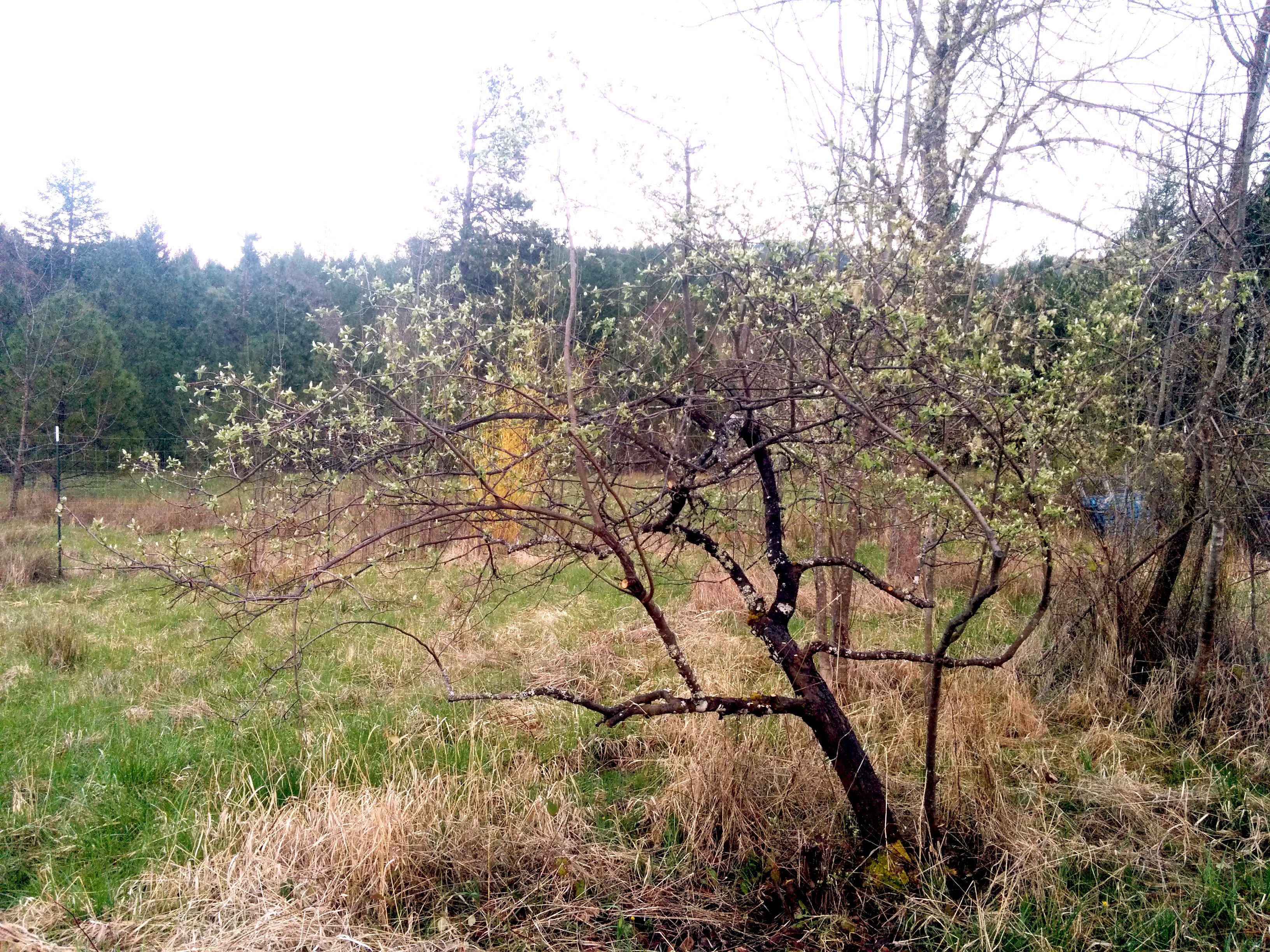


Does this work for trees in general? I have been planning on taking new growth growing from the branches of my cherry blossom trees. I am planning on making a tree fence with them.
Root cuttings will work with any trees that send new sprouts up from the ground aroudn the base of the tree. But as @bobydimitrov wisely mentioned in his comment above if the tree is grafted, the root sprouts wont yield the same fruit as the top portion of the tree. As far as rooting branch cuttings, that is possible /easier in some species. In those species where it is not easy, grafting is a preferred method of cloning.
I've never cloned cherry trees so I looked it up in Plants for a Future, one of my favorite websites for info on plant cultivation:
https://www.pfaf.org/user/Plant.aspx?LatinName=Prunus+cerasus+marasca
So yes, if there are root suckers you can dig them. Softwood and semi hardwood cuttings are also possible!
What does that mean 'with a heel'? I got a bit confused with that.
I have to look up a lot more things it would seem. I have not noticed any sprouts last summer. Right now I am getting ready with all the information I can get while I wait for the snow to melt.
Thank you for looking up the information and taking the time to reply to my comment. Much appreciated!
Hmm, cherries don't seem like a good option for a fence, as their natural habitus is not really dense. Then again, you might not want a hedge-fence but more like a tree-lined border?
Also, not all trees make root suckers. Cherries basically don't. Sour cherries, wild ones, they do it on a massive scale, dozens and dozens per tree per year. Plums also do it, but apricots and peaches - not really.
If you want a specific variety for a fence, the best way to do it is start seedlings (sprout seeds of the said tree) and then graft the variety you'd like on top, at the 2-3 year. That way you can have the main tap root of the plant intact (start the seedlings in a pot and transplant at the end of year 1) which will make for a massively more resilient tree.
Let me know if you need more info!
It is pretty much to create a tree-line border. I want to separate my land as there is also a trail that is right beside. Keeping my property private, but doing it with beautiful trees. That is the plan.
This is great information. I never grew trees before so it is all new to me. Thank you!
Looks like one easy way to propagate!
Yeah it is!! And how convenient.. we just need to find the trees that send suckers that we want copies of :)
Is this willow water made from the bark specifically, or can you infuse twigs? Or do you need leaves? (How long do you let it steep - weeks or hours? Or do you have to boil it up - like for an Essence: I only know willow catkins make a useful Bach Flower Remedy (for resentment and self-pity). Is there a dosage? So much willow extract to water? Not looking for hard science! Just wondering whether I might be able to gather up some discarded willow from the nearby park.... NO, I won't take a hacksaw along with me!
I used to concoct all sorts of brews in my garden, till the neighbours complained: true, nettle manure can be a bit challenging on the nose (sulfurous rotting) but it's sooooo good! (for tomatoes and roses).
The willow water is made from sticking willow branch cuttings in water and letting them sit there. Willow has salicylic acid that is infused into the water and that helps other types of trees and plants stimulate root growth, espeially helpful for those species that don't root as easily as willow. Every type of willow has salicylic acid, some more than others and some vary from tree to tree. The more twigs/branches you use and the longer it soaks, the more rooting hormone there will be in the water. I don't have any numbers for you because I am not a hard science person either, I just go by feel and learn what works by experimenting. I have seen it made and used before but this is my first time doing it so we will see how it works ! You can google willow water and find out more info. LOL funny story about your neighbors! too bad... i wonder what they would say about fish emulsion.
Just a tidbit - if that quince was grafted onto a "wild" rootstock, taking the suckers would propagate the "wild" tree and those would have to be grafted as well. Of course, one can use scion wood from the mother tree as well!
Thanks @bobydimitrov! As far as I can tell it is not grafted... i don't see anything tha tlooks like a graft union. I could be totally wrong.. but like you said if the fruit isn't good.. graft on it!
great article as always! I found the bit about the willow water super interesting! I use the bark from a european willow when I tan the reindeer fur for the traditional boots I make. But I didnt know it could be used for stimulating root growth, that super good to know as Im starting to propagating more and more!
Wow nice! I didn't know it could be used for tanning! That's one artform I have yet to get into.. I have gotten as far as fleshing hides. Good luck with your propagation!
Yeah, I collect it in summer and strip the bark and save it in a box for winter. Thats when I make the shoes, so I just boil the bark in water and then let it cool. If you want the fur to stay on the hide the water you tan it in cant be warm (think 38C) but its usefull to know if you do want the hair to come off. And I just submerge the pieces (the shoes are made from the legs) in the water and bark for 24 hours and its ready.
I only done this with reindeer hides tho, when I get some time I will experiment with other hides.
Thanks ! :D
Amazing! Thanks for the info. If I end up tanning a hid I will definitely try this method. You make it sound very easy and approachable :)
I have been considering this for my blueberry bushes. Thanks for the info!
You're very welcome :) I hope it works well for you.
Is the willow water for antiseptic treatment of the roots or a root stimulant? I love propagating and creating new plants. Thanks for the tips and inspiration.
It is for stimulating root growth! You can do the same thing with a crushed aspirin, but since I have willow growing nearby its convenient and preferable to use it. What plants are you propagating now?